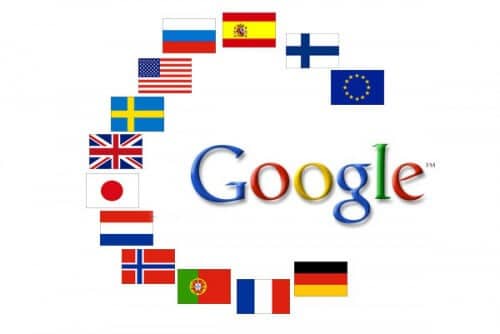Internet translation software - how they work and how they help us communicate better in a foreign language

Translation software is the future, so say all the technology companies that are engaged in the development of translation software. Google is perhaps the leading company in the field, especially due to the development of Google Translate which everyone knows and uses from time to time. But the truth is that, despite the very advanced developments in the subject, it seems that there is still a considerable distance until there is a translation software (translation software) who will know how to translate our text from language to language and without any problems at all. So what is this software anyway, and how can we use it to our advantage, and when in fact it might not be worth using a software that will perform translations for us.
How does translation software even work?
Translation software is broadly divided into two types: those that are based on databases, and those that are based on learning and error. There are considerable differences between the two types, and it is important to understand the basis on which they are based in order to understand what the translation looks like and what it says.
The more basic programs, those that are based on databases, rely on data stored in a database, such as dictionaries, encyclopedias, etc., in order to present the translation requester with the result as close as possible to the original. Most of these programs are useful for translating a word, or a pair of words, concepts and the like. When it concerns a collection of words such as paragraphs, and even sentences, these programs have difficulty producing a truly quality result, despite the fact that there is a basic framework of rules that unites and links words. The legal framework, by the way, is based on the laws of speech and language, and professional linguists are usually used to produce the legal framework.
The most advanced programs, such as Google Translate, rely not only on a certain data base, and not only on some rule base, but try to evolve and change with the times. They do this by a process of trial and error, in fact, every time a certain translation is provided, the user is asked to check if it fits him, and he has the option to change and correct words and phrases that he thinks have not been translated correctly. Thus, the system learns and develops, accepts options and recognizes statistics, and eventually tries to generate rules for other translations in the future.
What are the advantages and disadvantages of translation software
Both types of software, at the end of the day, still do not provide quality results to say that the translation is faithful to the original. Therefore, when it comes to legal, business, medical, or very complex translations, it is not recommended to use these programs without a skilled eye going over the text, translating again, correcting, editing, or re-translating everything. This is the role of a certified translator.
Despite the disadvantages, this does not mean that it is impossible or not worthwhile to use translation software. There are many situations in which it is enough to understand in general what it is about, such as the possibility of translating a text and understanding - in a big way - what is wanted from me. This is very important for quick communication needs, for example, if we are walking down the street in a foreign country and want to ask a person for directions, or general direction, or anything else. Translation software can translate (Translate) for us, right on the spot, and allow us to communicate relatively easily.
Daily use of translation software
There are many daily uses in which translation software can be used and get satisfactory results. For example, when we want to understand an unfamiliar sentence, or communicate with a person on the street as we said, or maybe write to someone on Facebook or Skype. True, sometimes the result will be funny, and there are quite a few websites that display funny translation mistakes that they found in Google Translate or other software, but in the end - when you want to understand something right now, and we don't have time to dig deeper and get complicated, these programs can be extremely useful and provide us with a translation Reasonable for fast communication.
In the end…
If we summarize things, we can say that every software has its advantages and disadvantages. Each software has a use that can make it easier for us, but we take into account that there is a significant deviation and that it can be trusted to the limit. When we need to translate, for example, important documents, or serious correspondence, or anything that should not be taken lightly - it is advisable to use more professional services, with professionals who understand the matter and who will be able to save us inconveniences and problems in the future, something that Google Translate may be able to do in a few good years. In the meantime - have a successful translation!
*This article is marketing content on behalf of the advertisers and under their responsibility.
More of the topic in Hayadan:
